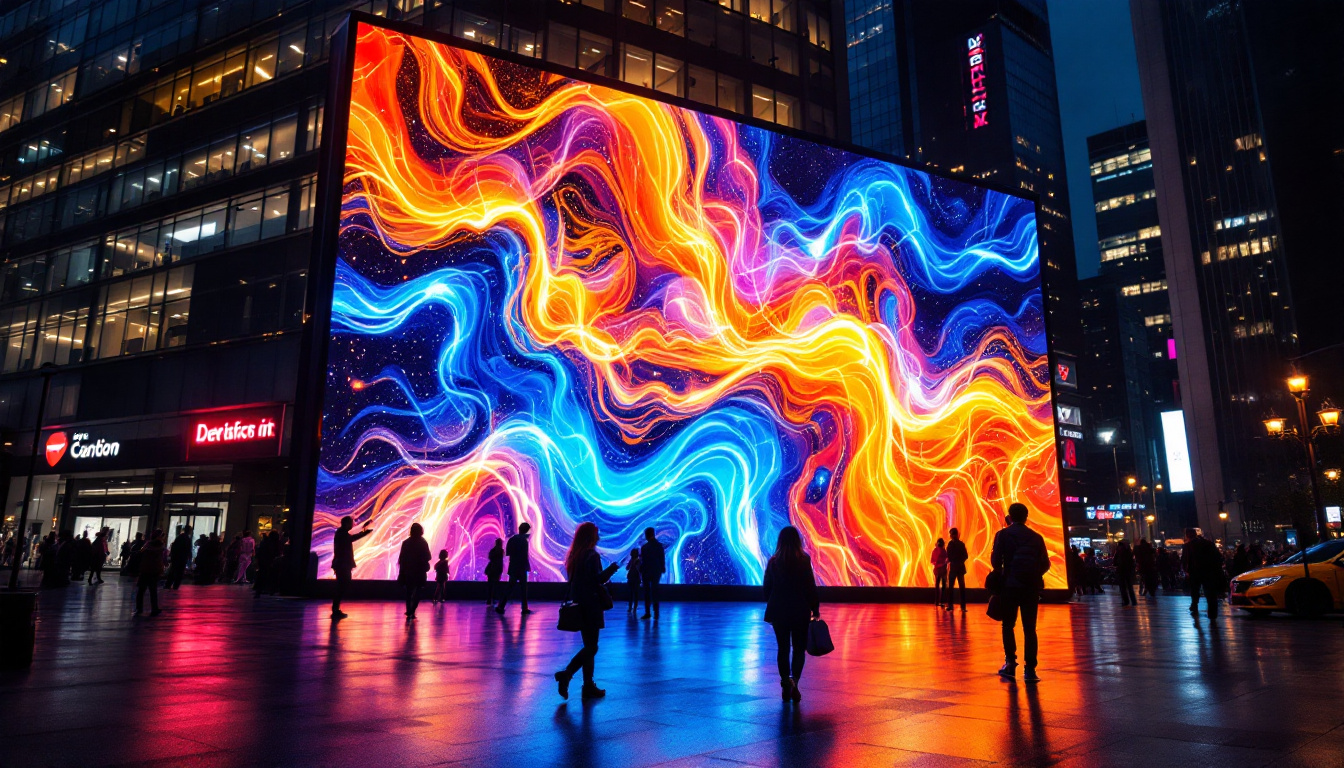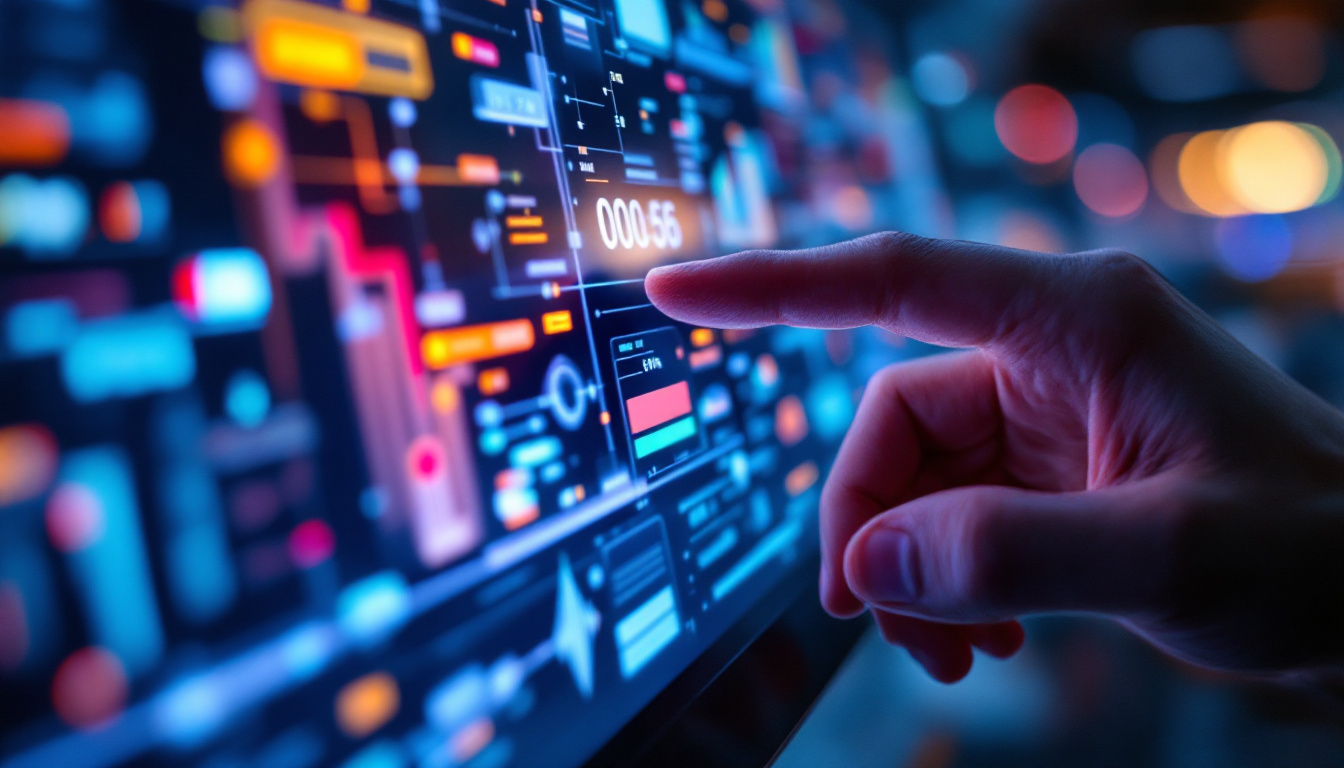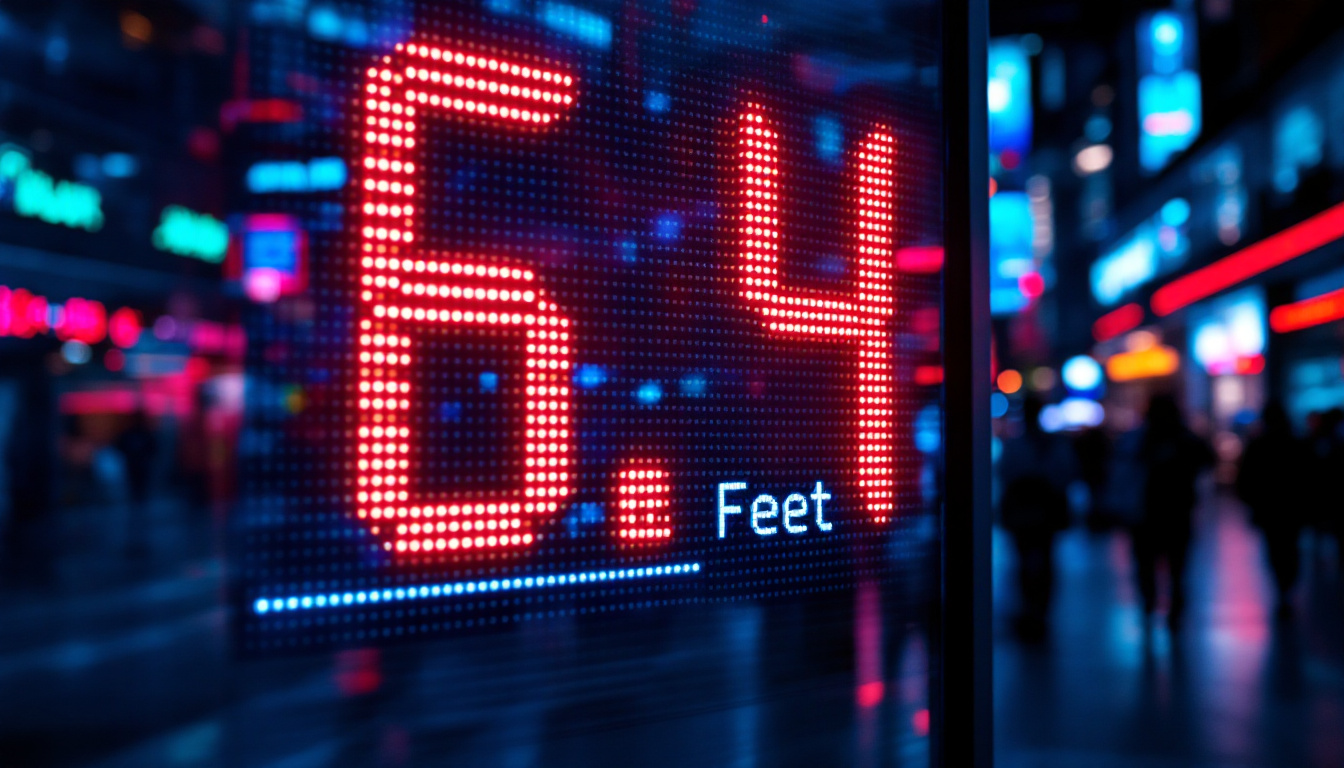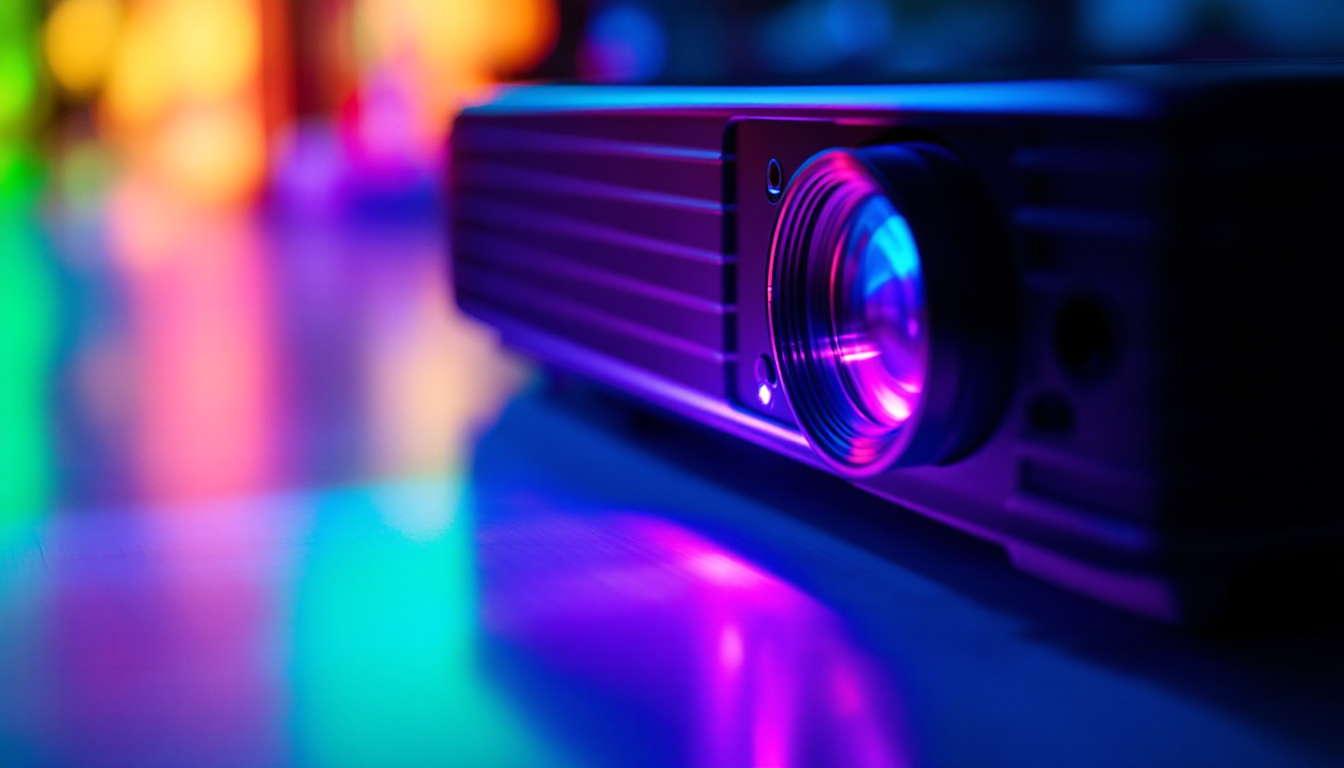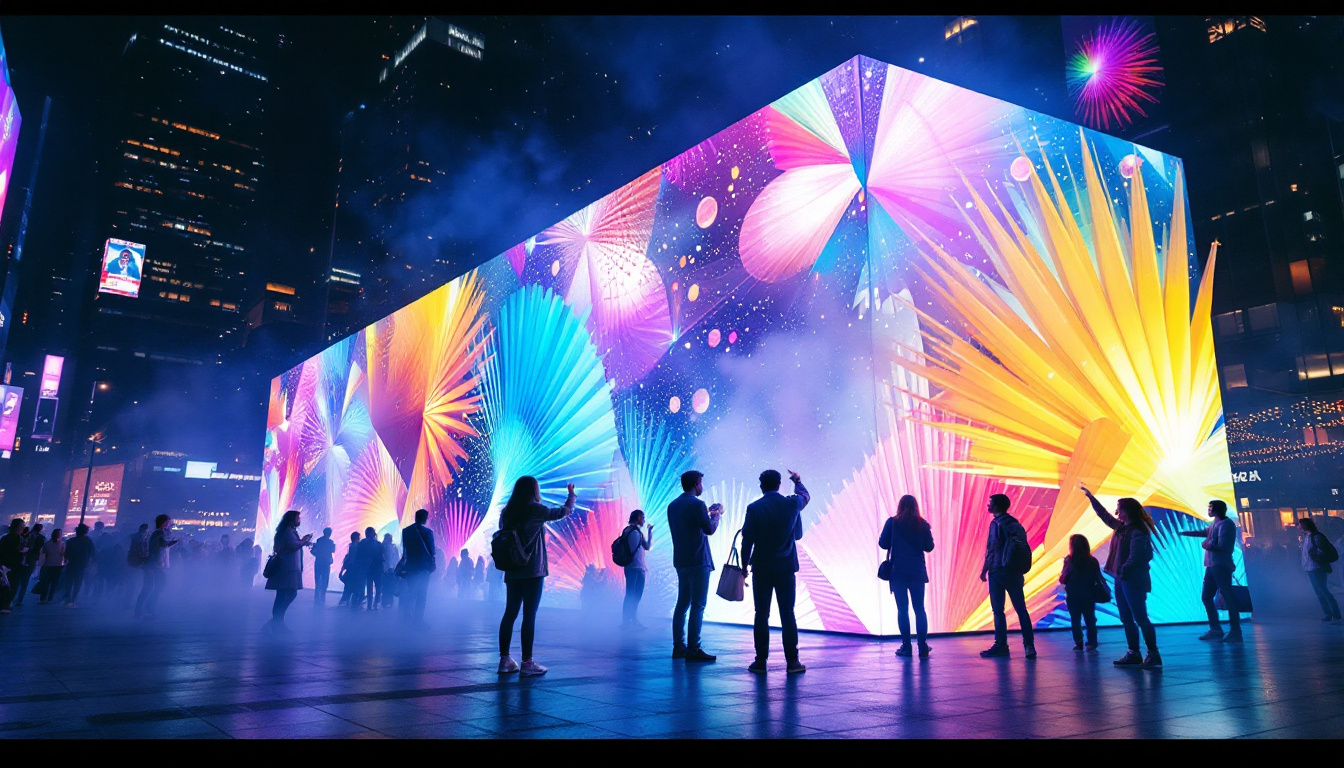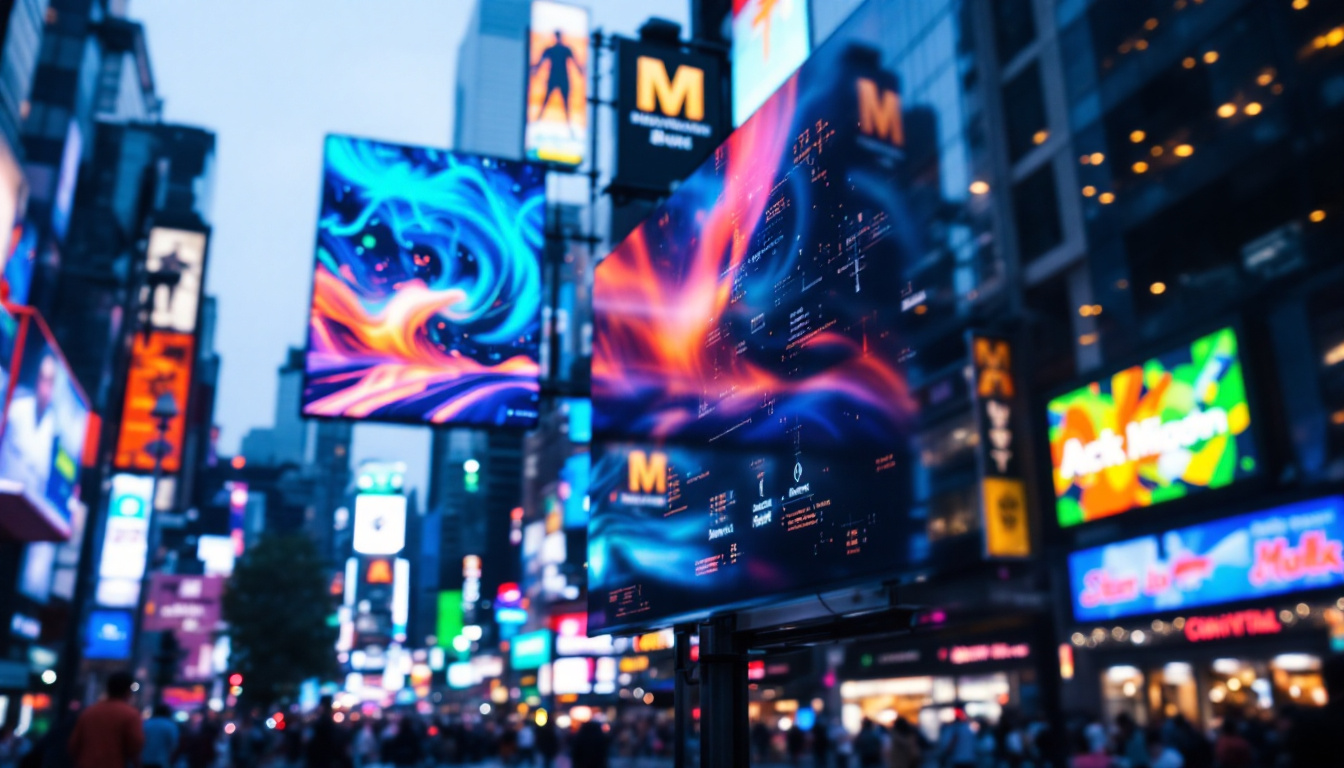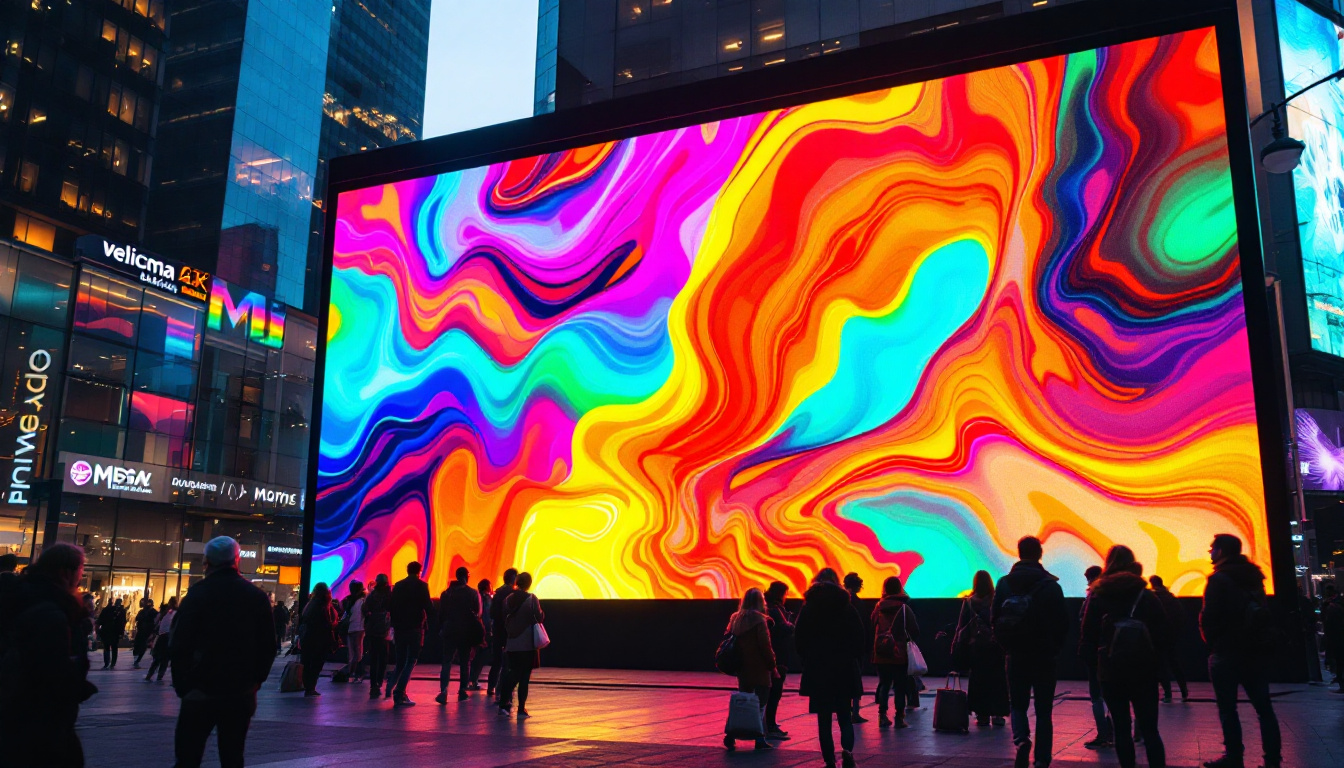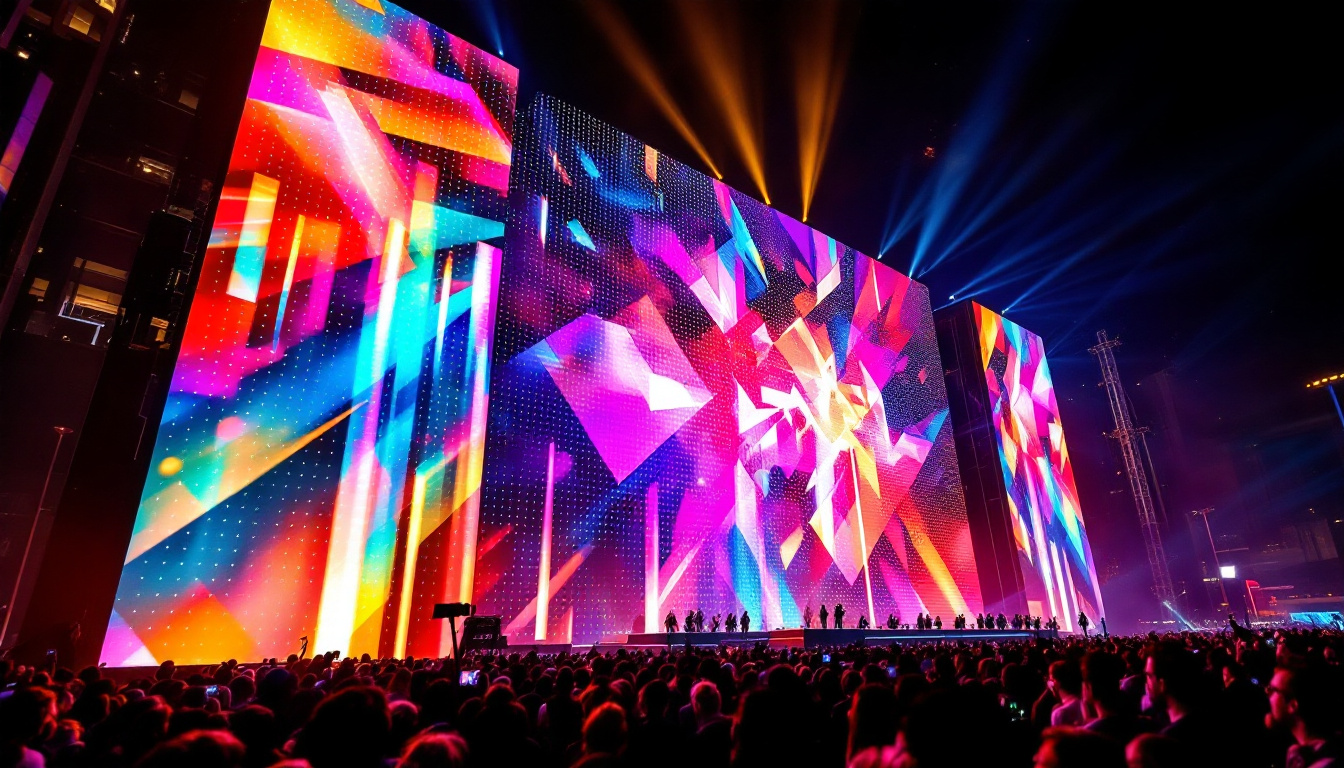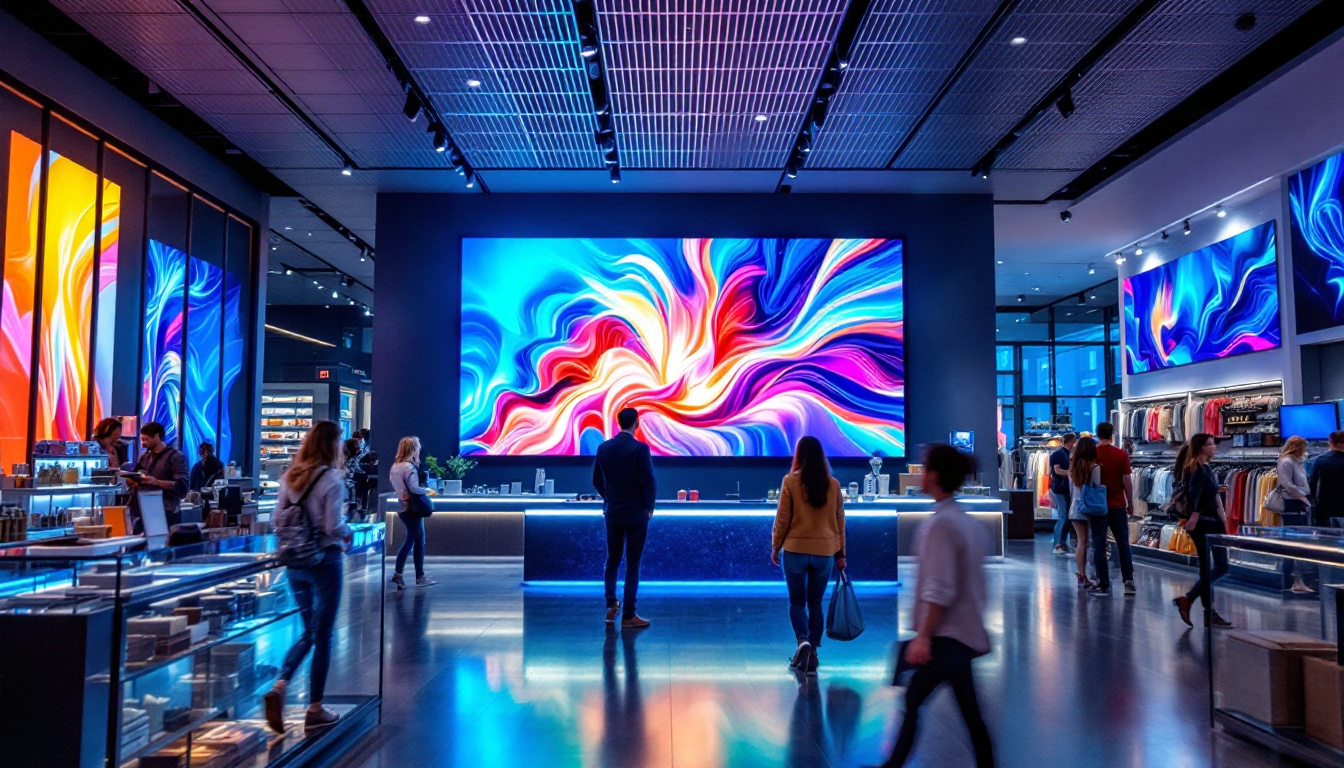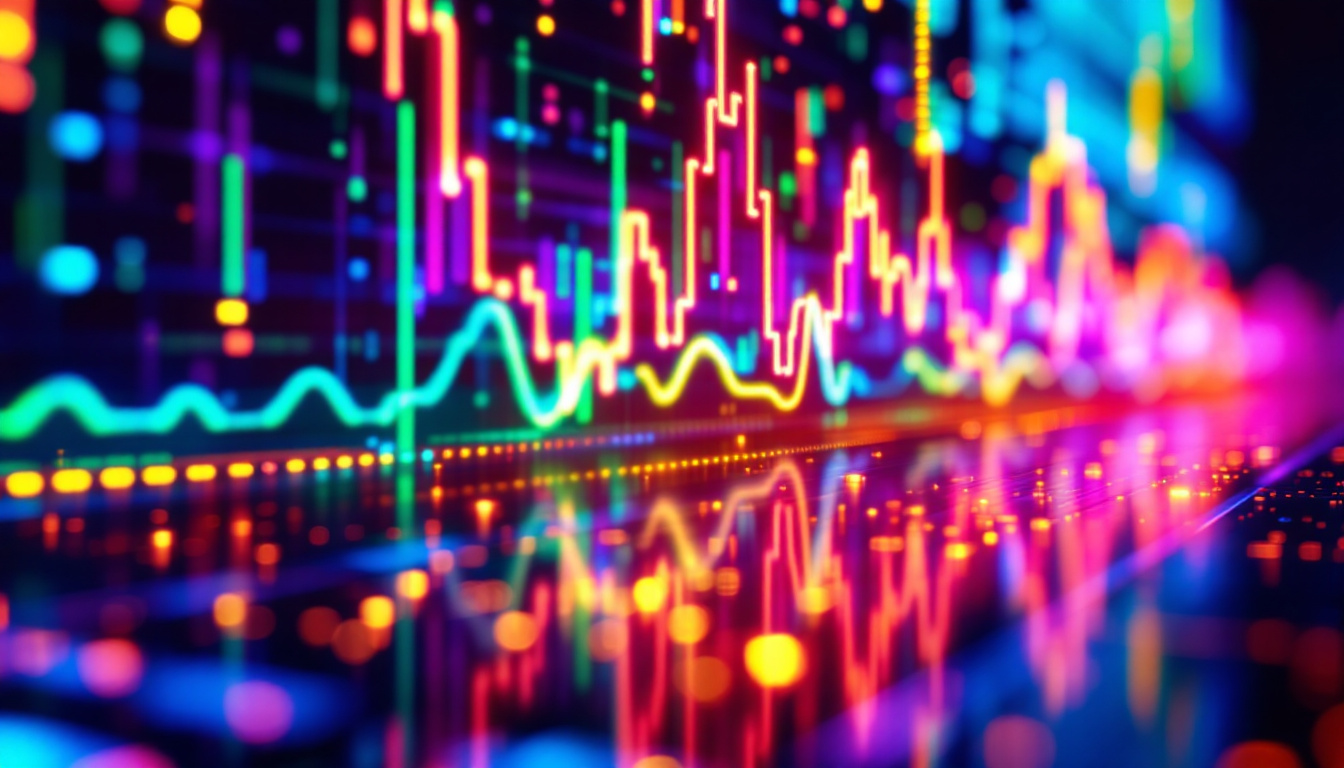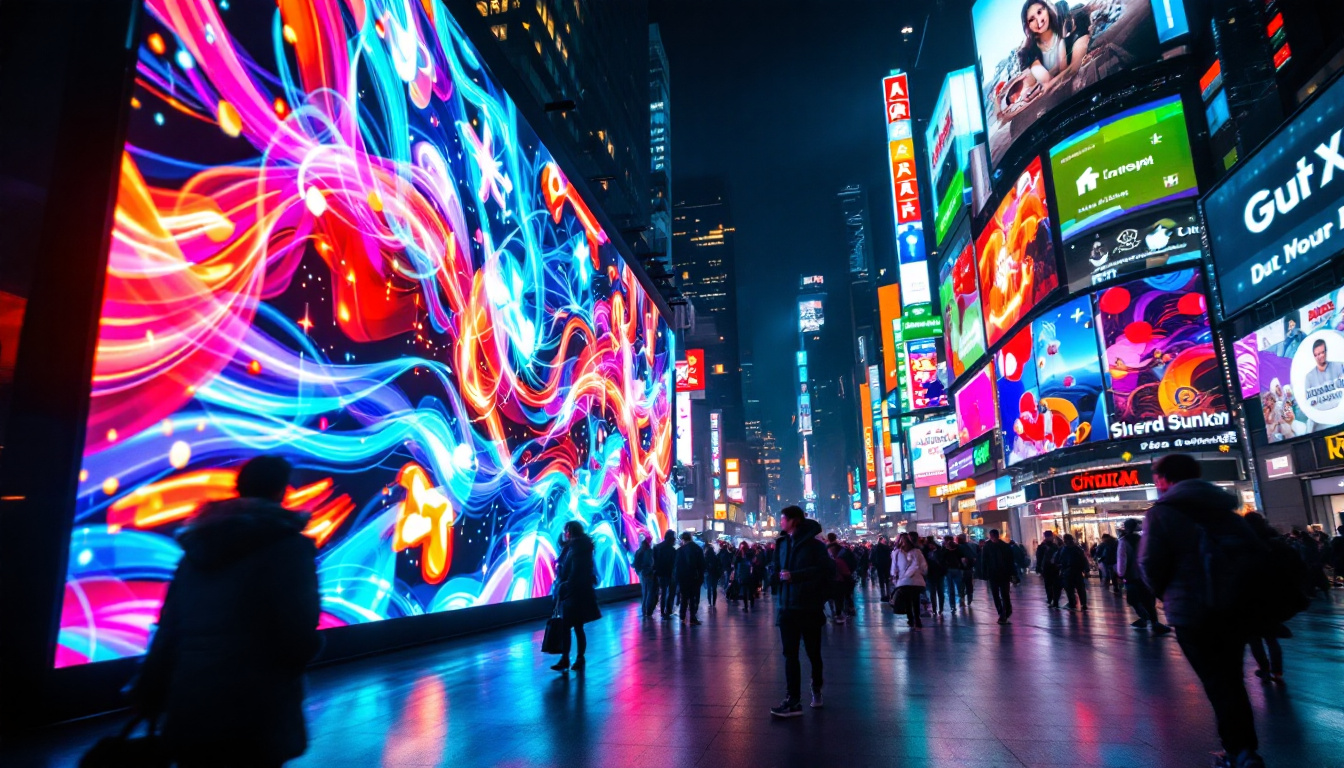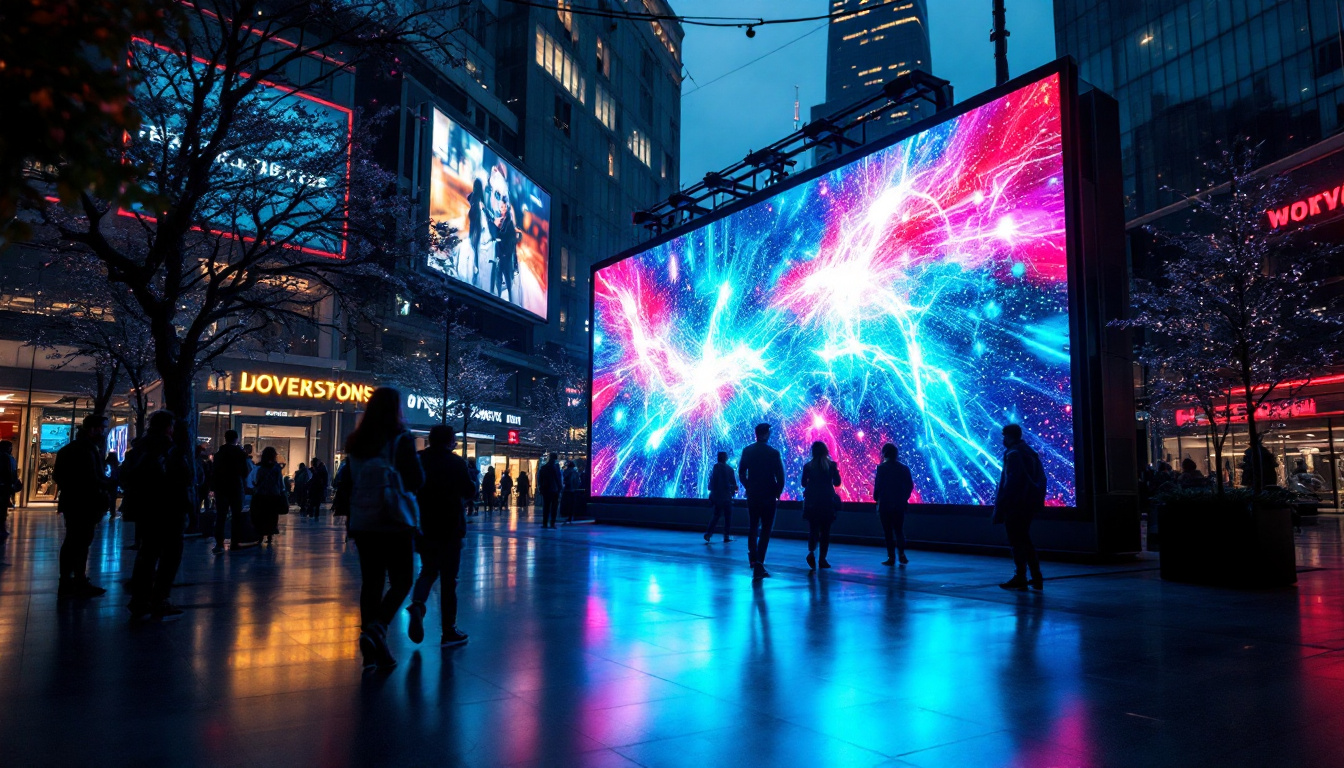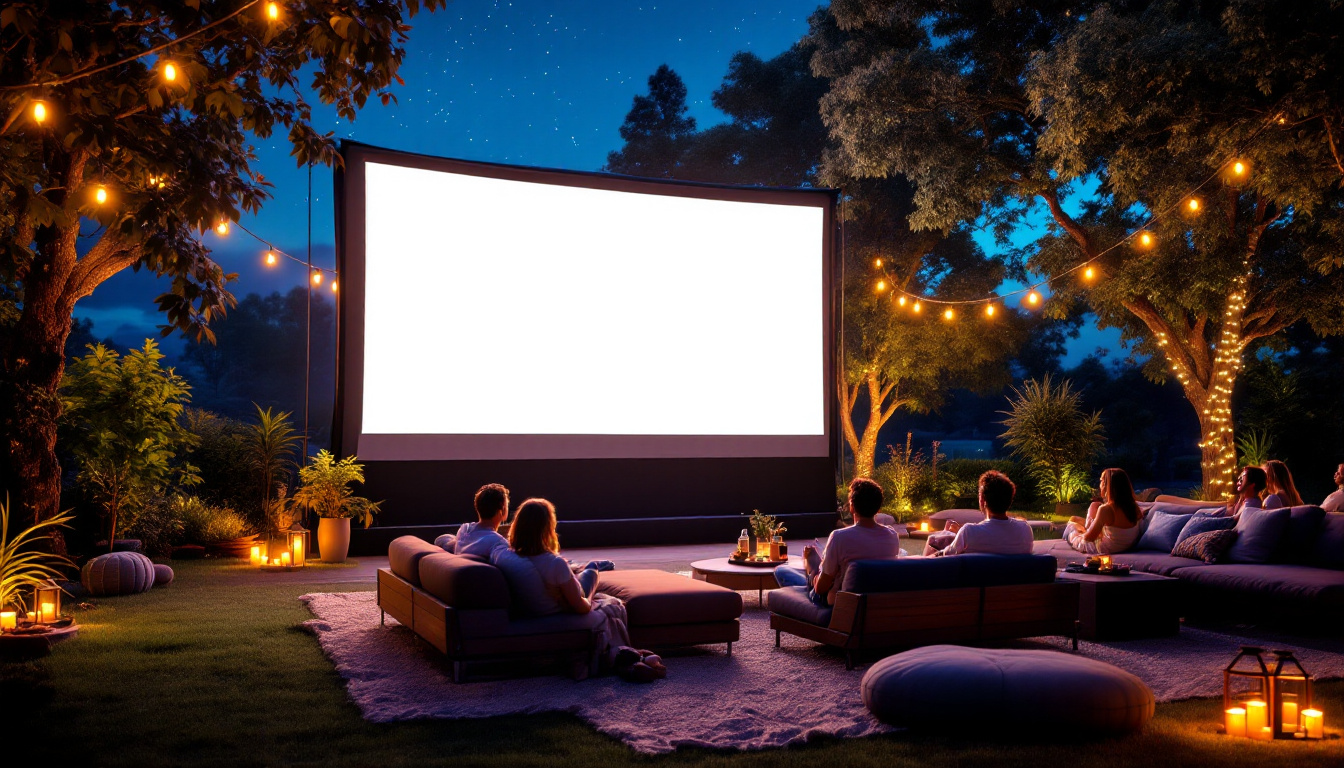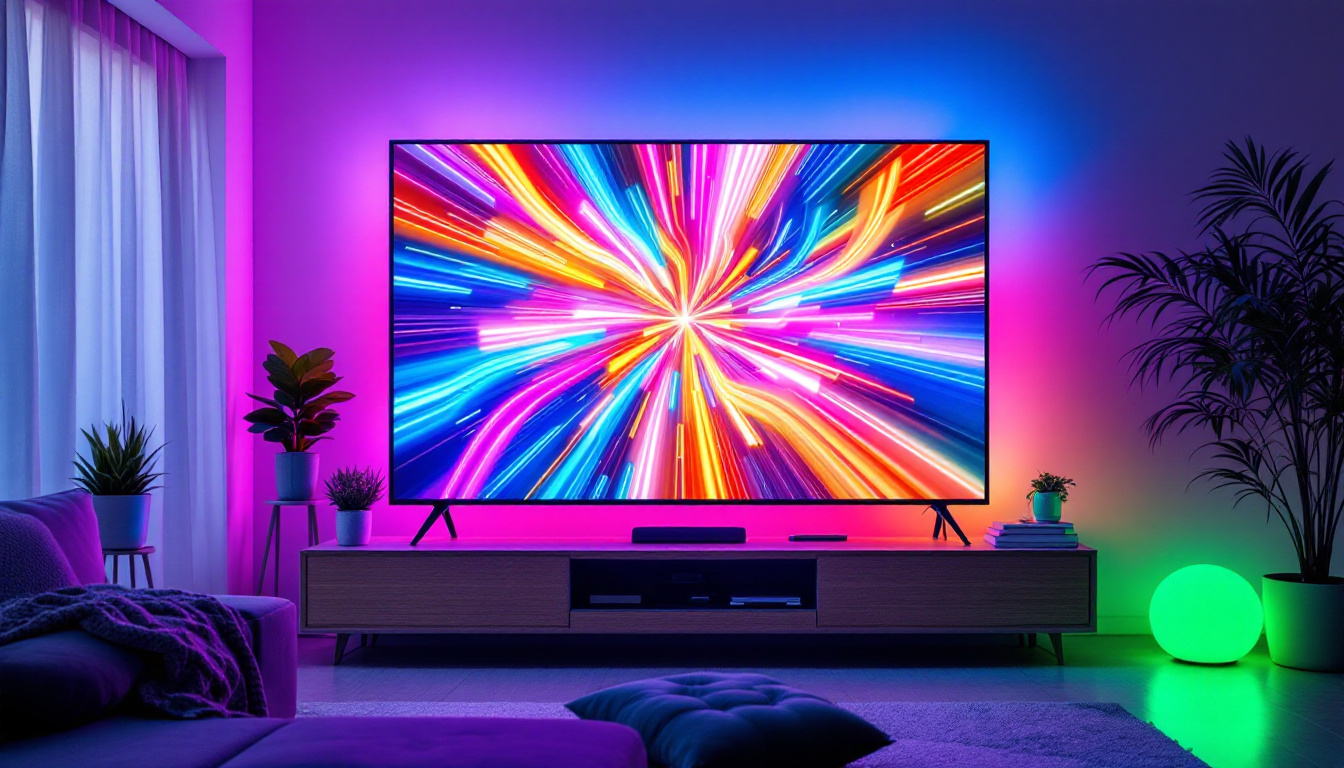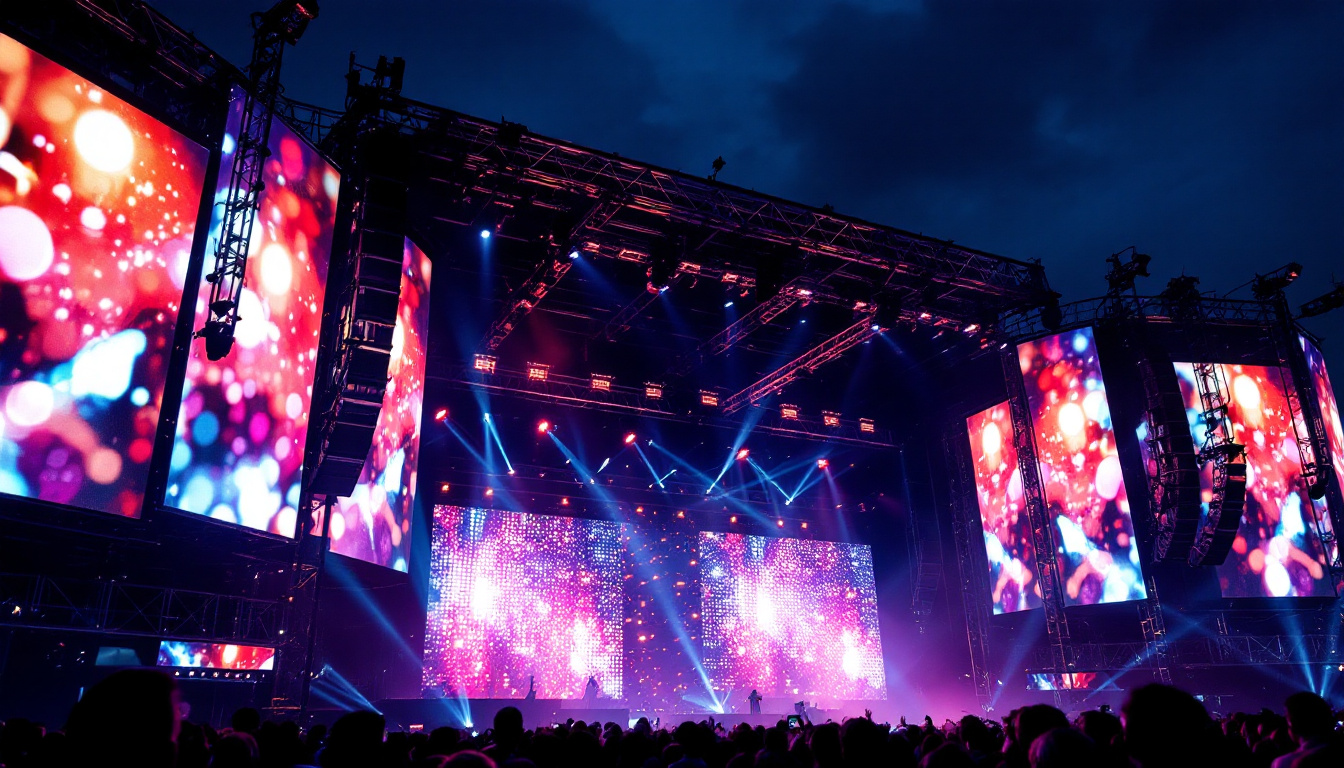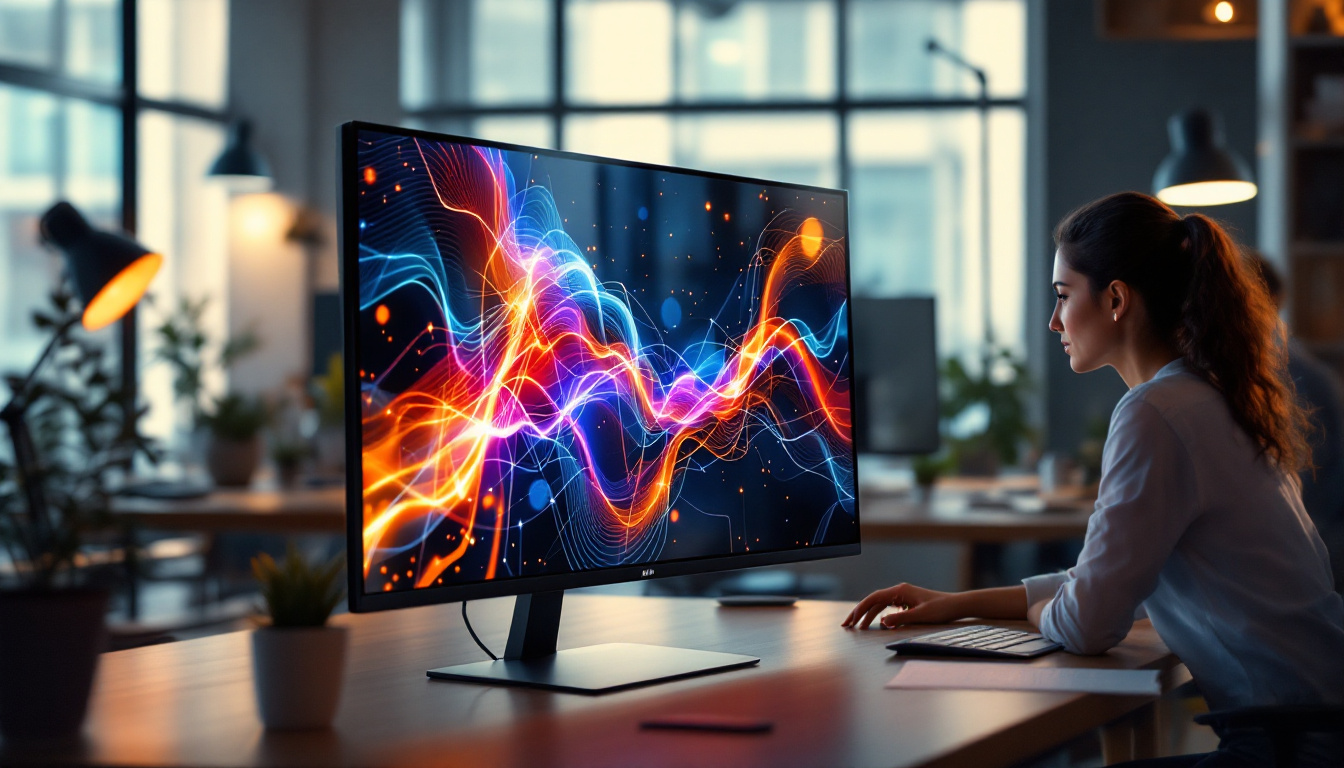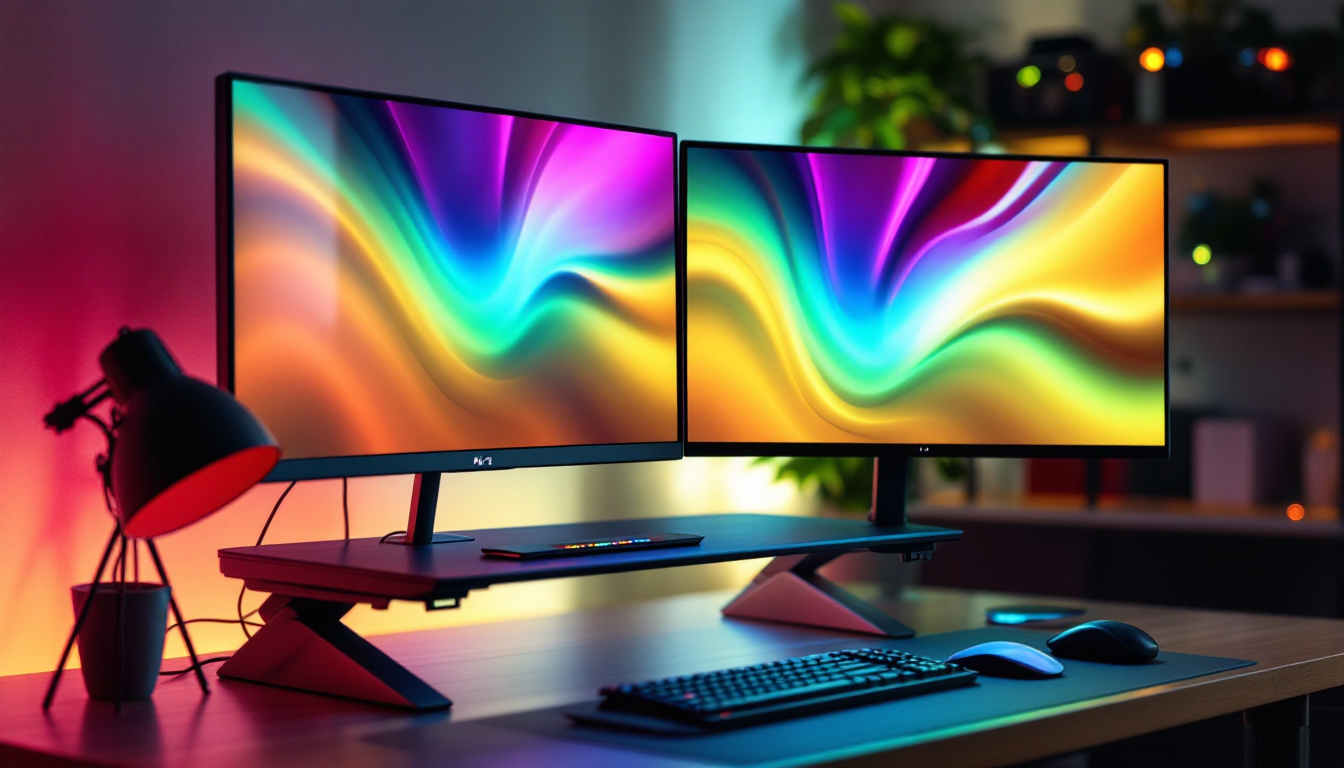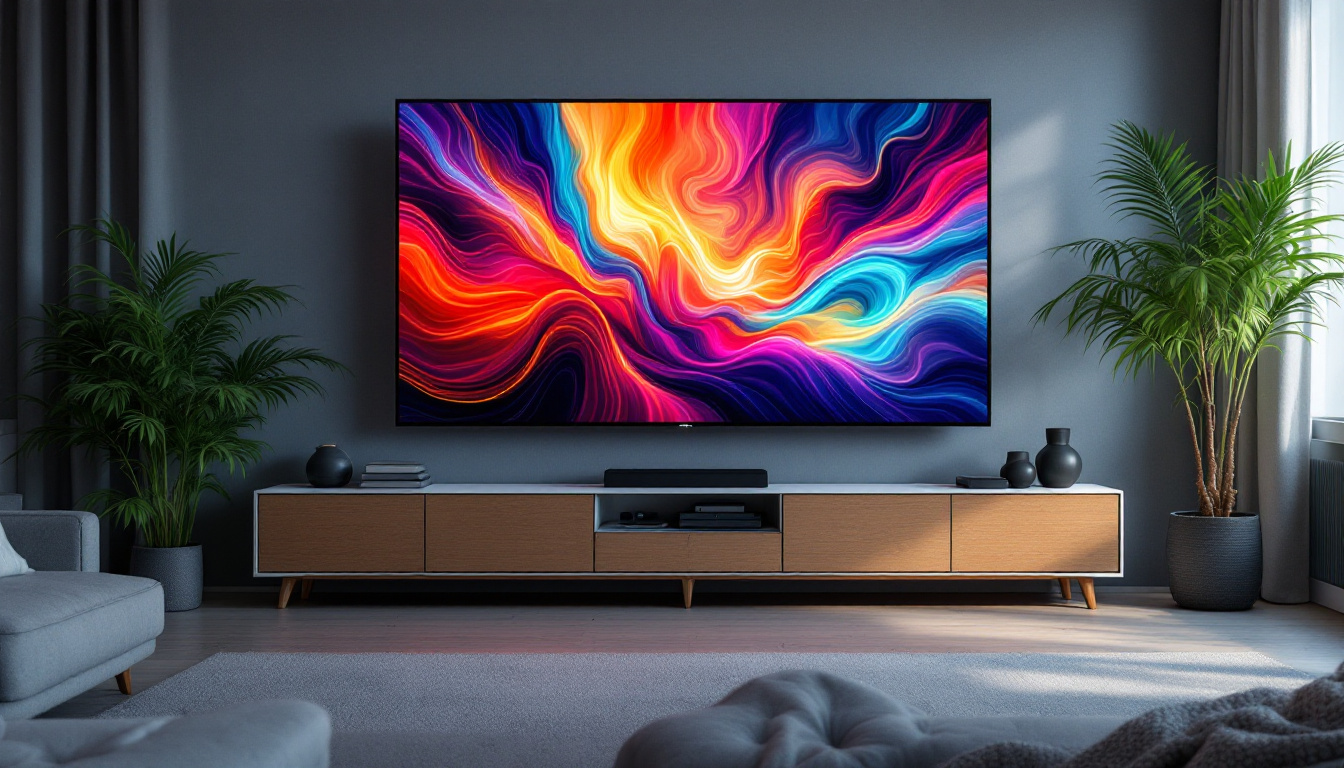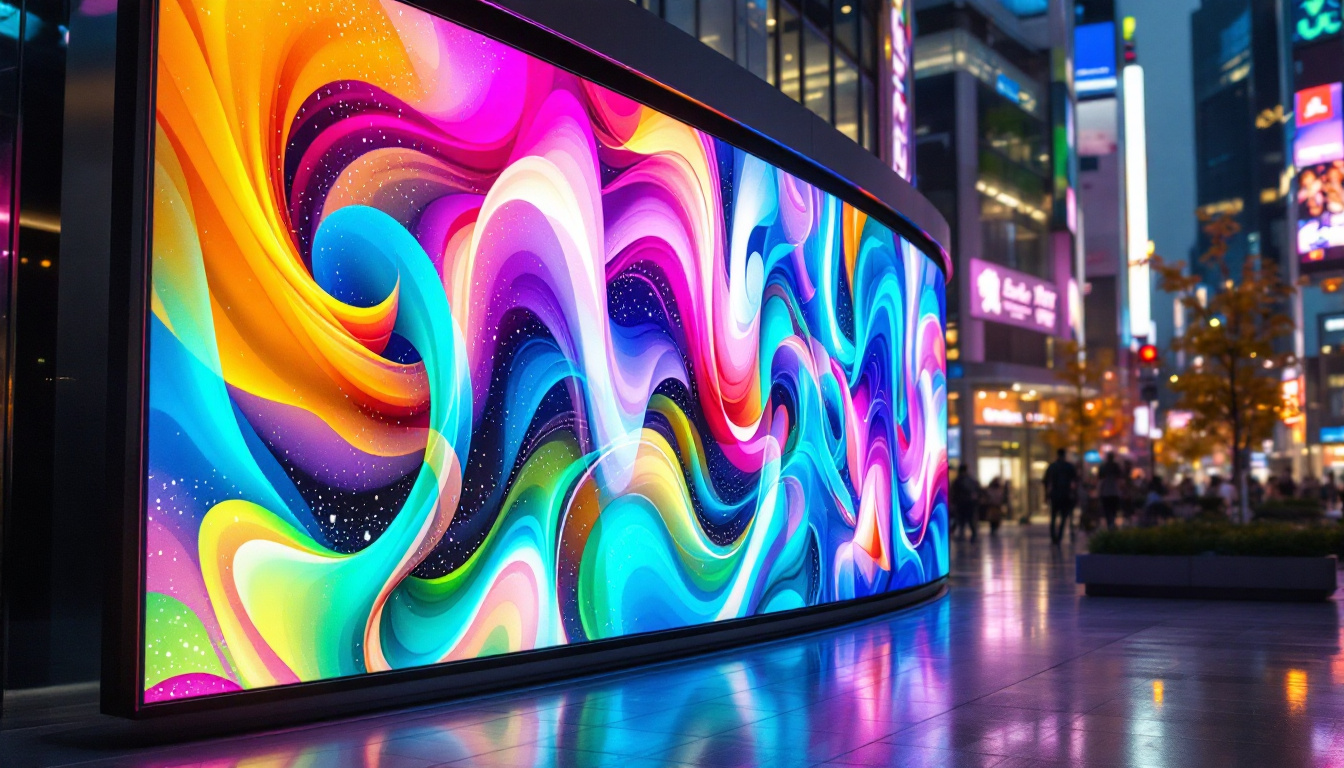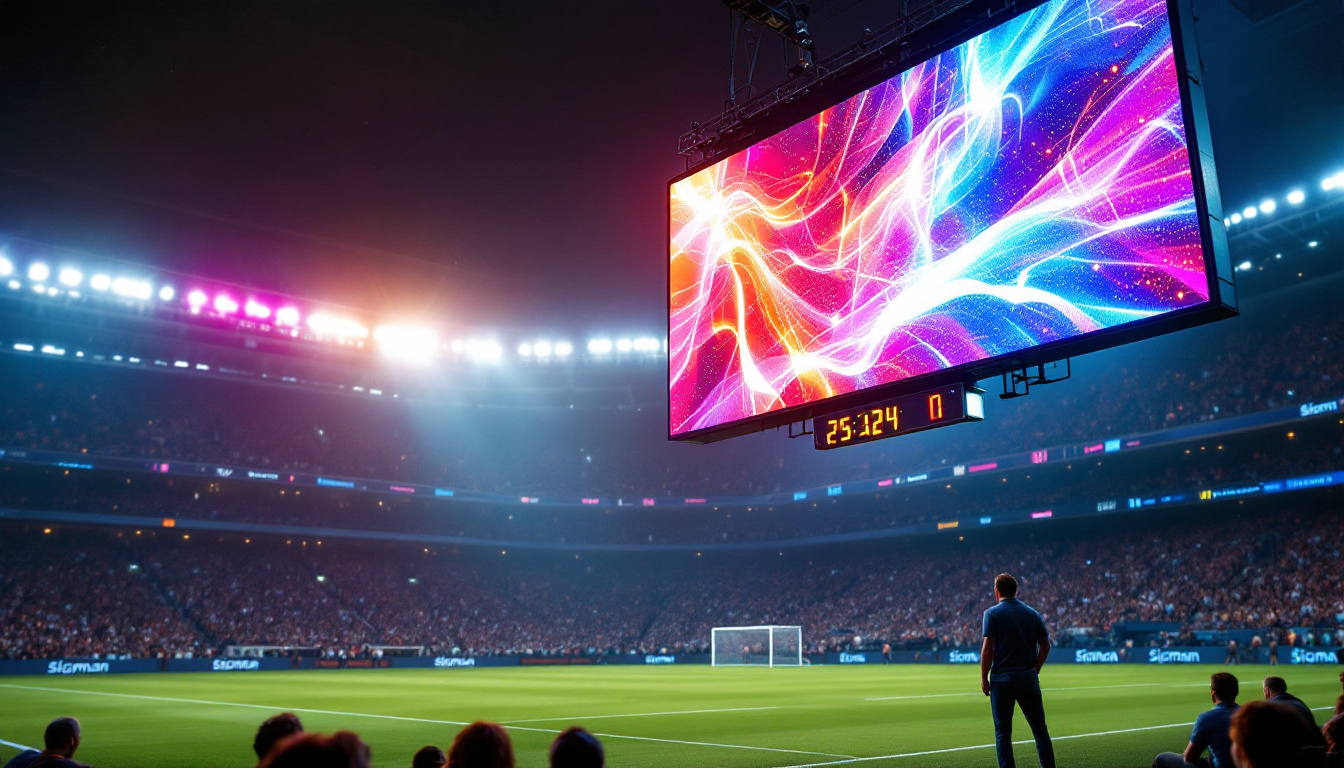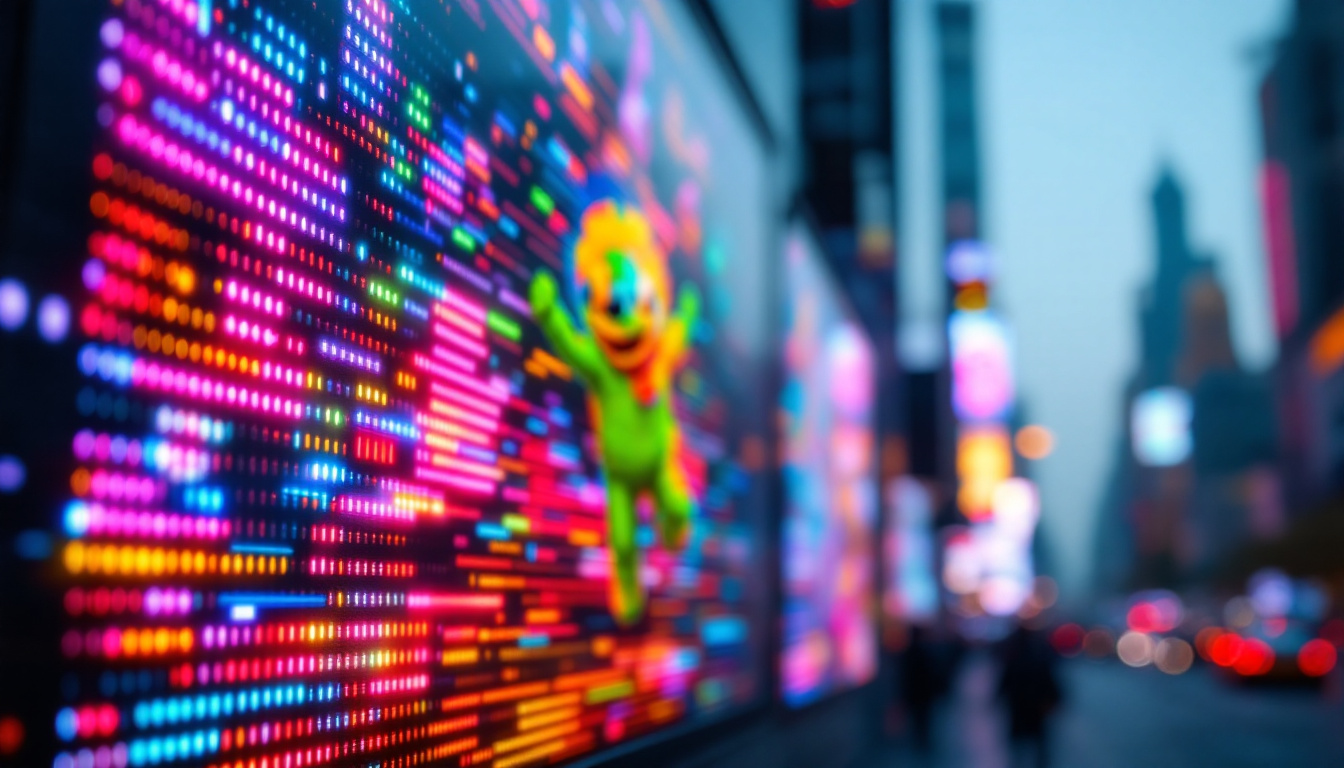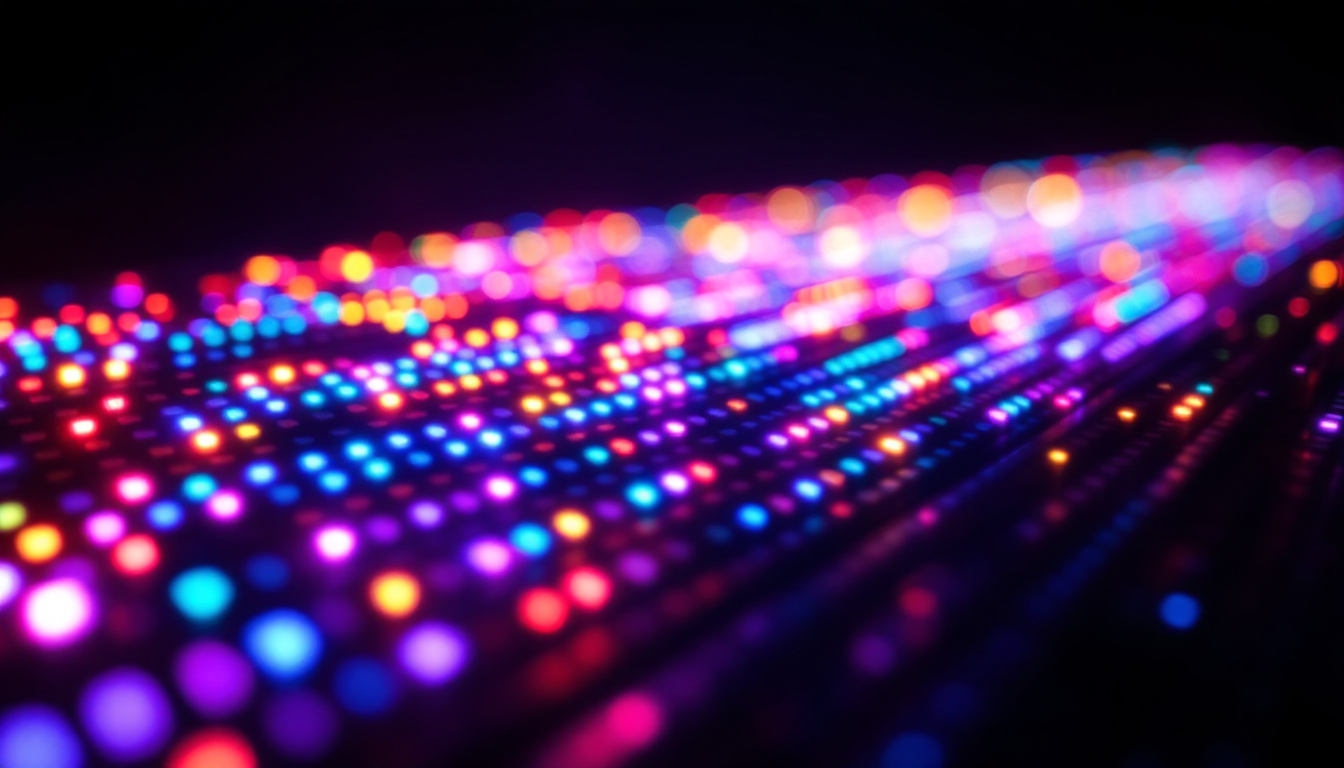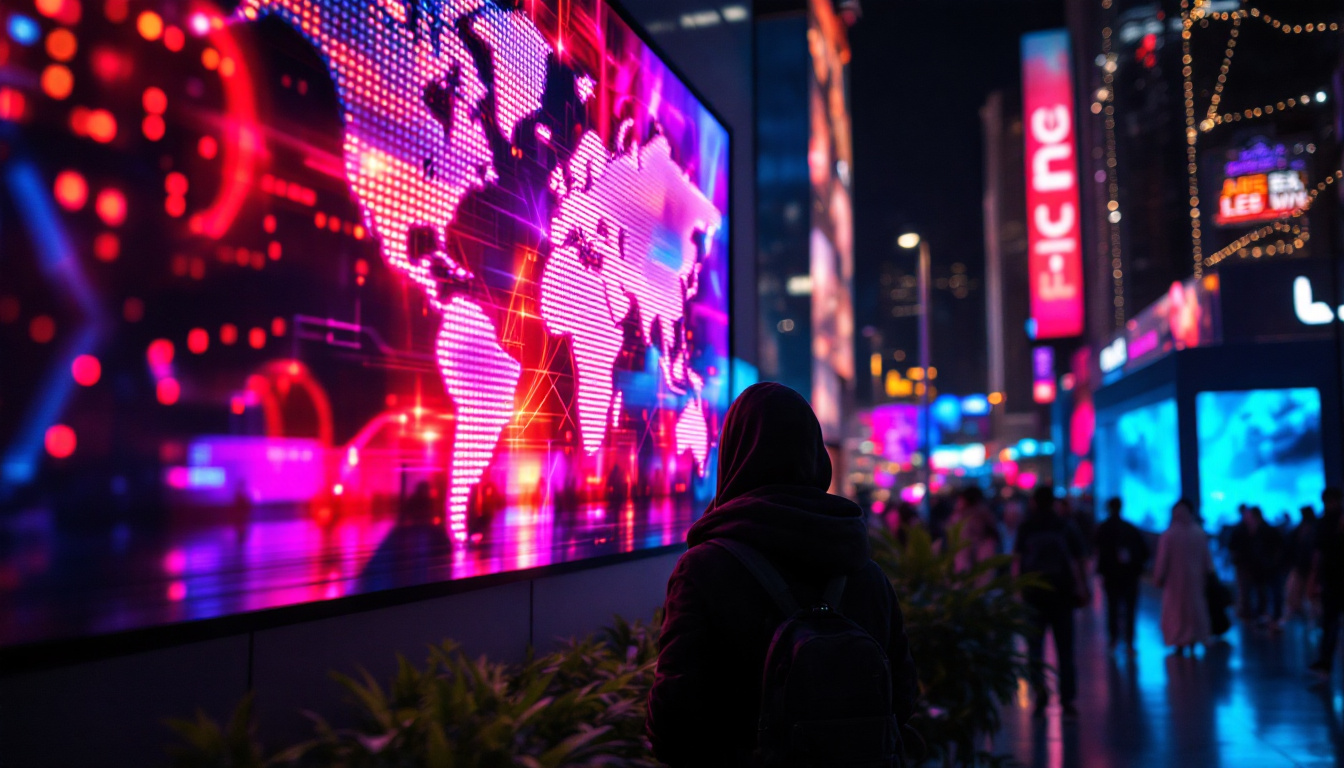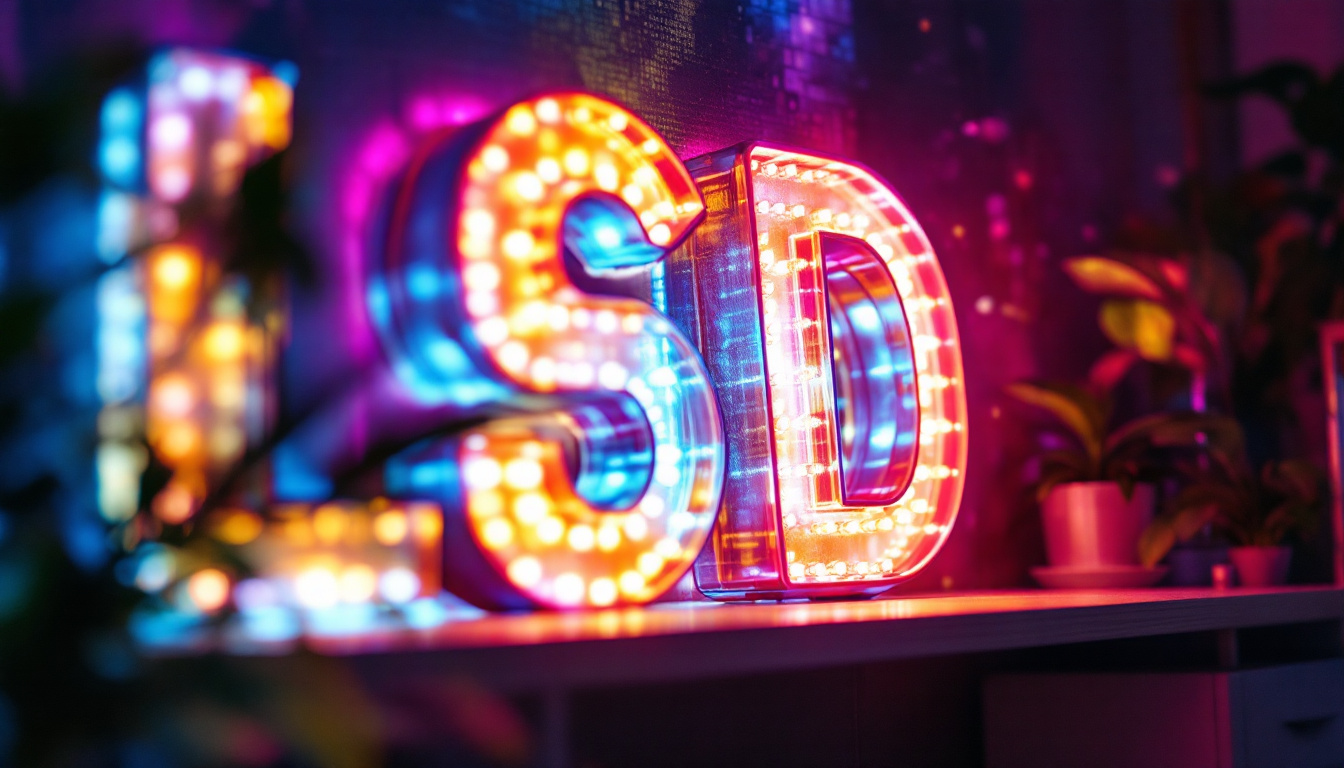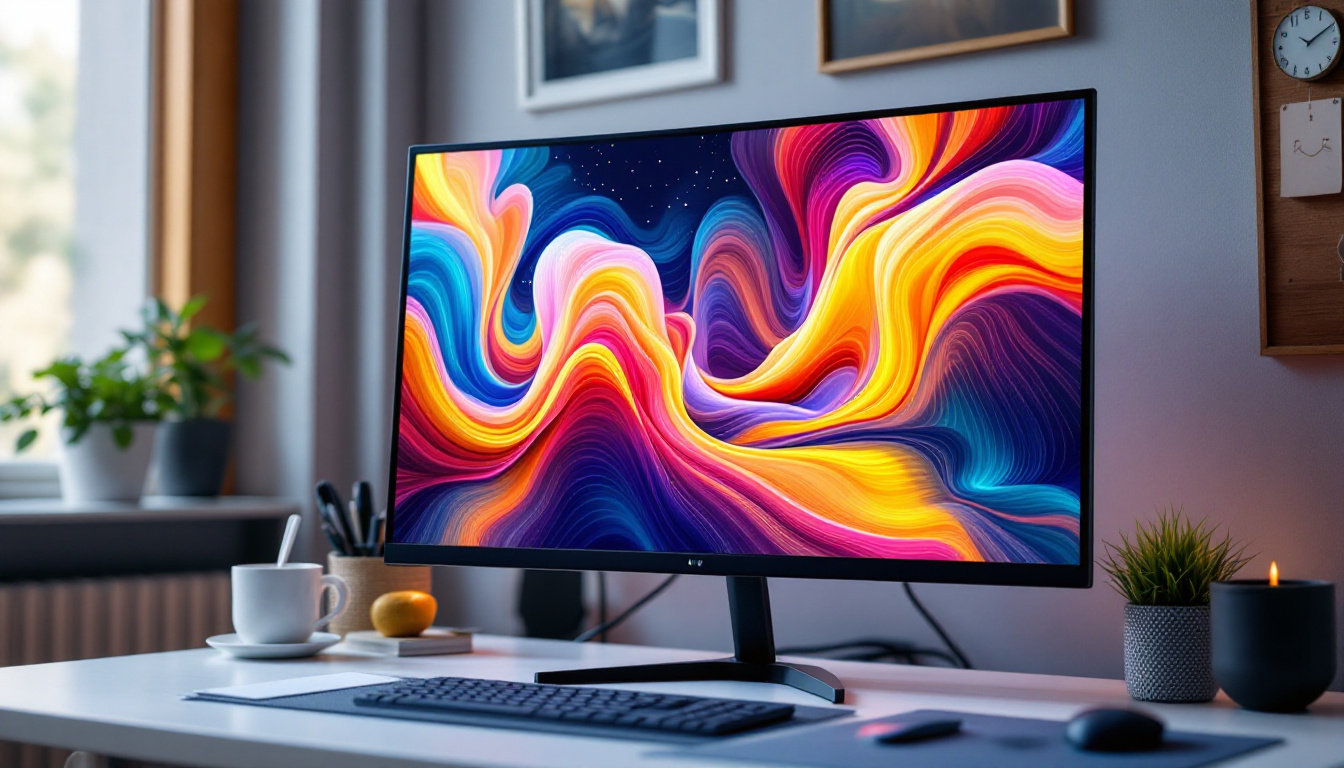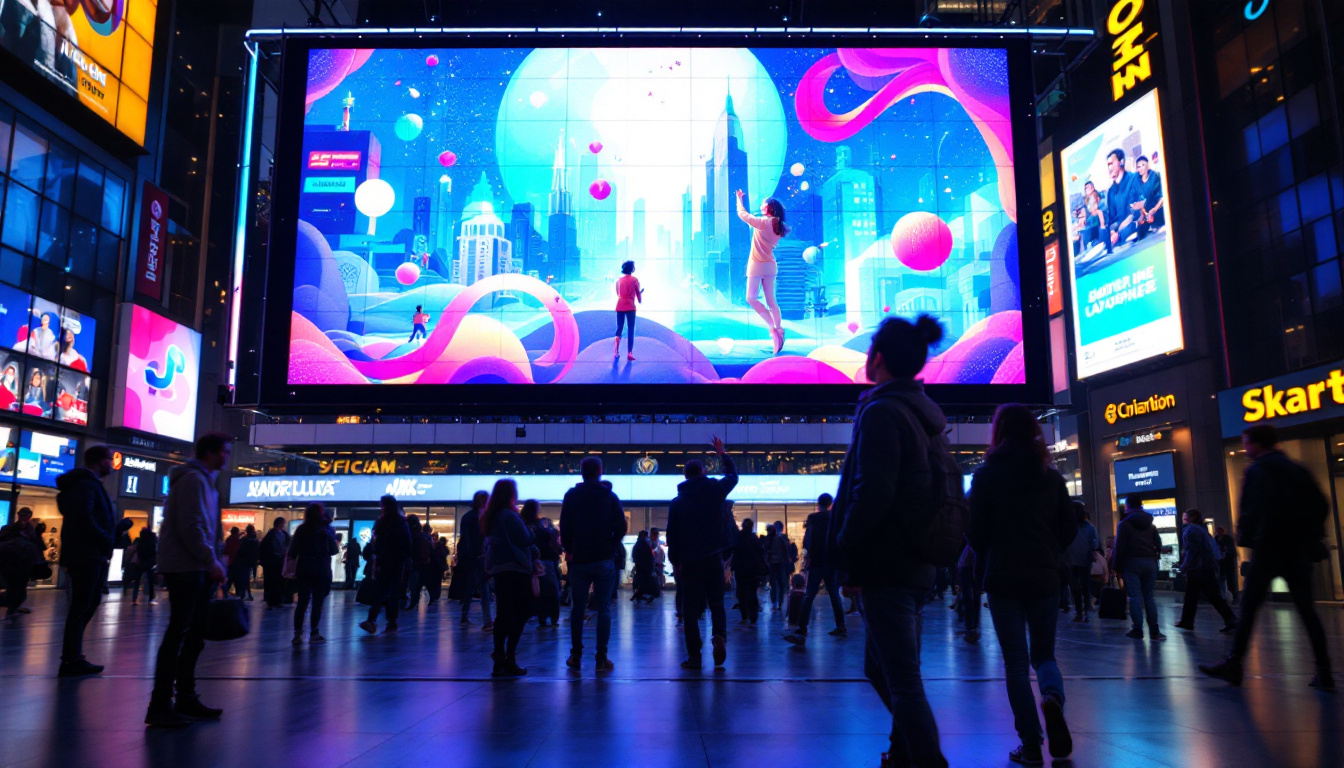In the ever-evolving world of technology, LED displays have emerged as a prominent choice for visual communication. From advertising billboards to indoor screens in shopping malls, LED technology has transformed the way information is presented. This article delves into the intricacies of LED displays, exploring their functionality, advantages, and applications.
Understanding LED Technology
Light Emitting Diodes (LEDs) are semiconductor devices that emit light when an electric current passes through them. Unlike traditional incandescent bulbs, LEDs are energy-efficient and have a longer lifespan. This makes them an ideal choice for various display applications. The efficiency of LEDs is particularly notable; they convert a higher percentage of energy into light rather than heat, which not only saves on electricity costs but also reduces the overall environmental impact associated with lighting.
How LED Displays Work
LED displays consist of numerous tiny LED lights arranged in a grid. Each LED can emit different colors, allowing for the creation of vibrant images and videos. The combination of red, green, and blue (RGB) LEDs can produce a wide spectrum of colors. When these LEDs are activated in various patterns, they can display text, graphics, or videos. This versatility allows for dynamic content that can be easily updated, making LED displays a popular choice for advertising and information dissemination.
The operation of an LED display is controlled by a driver circuit that manages the power supplied to each LED. This circuit ensures that the correct intensity and color are displayed, providing a seamless visual experience. Additionally, modern LED displays often utilize advanced technologies such as pixel mapping and video processing to enhance image quality. These technologies help in adjusting the brightness and contrast of the images displayed, ensuring that they remain clear and vibrant even in varying ambient light conditions. Furthermore, the integration of smart technology allows for remote management and real-time content updates, making LED displays incredibly adaptable and user-friendly.
Types of LED Displays
There are several types of LED displays, each designed for specific applications. The most common types include:
- Outdoor LED Displays: These are built to withstand harsh weather conditions and are often used for advertising in public spaces. They feature protective coatings and robust casings to guard against moisture, dust, and UV rays, ensuring longevity and reliability in outdoor environments.
- Indoor LED Displays: Typically used in venues like theaters and conference rooms, these displays offer high resolution and brightness for optimal viewing. They are designed to provide superior image quality at closer viewing distances, making them ideal for presentations and live events.
- Transparent LED Displays: These innovative displays allow light to pass through, making them suitable for window installations in retail environments. They enable businesses to showcase advertisements without obstructing visibility, creating an engaging shopping experience while maintaining the aesthetic appeal of the storefront.
In addition to these common types, there are also specialized LED displays such as flexible LED screens, which can be bent and shaped to fit unique spaces, and interactive LED displays that respond to touch or motion, enhancing user engagement. The continuous evolution of LED technology is paving the way for even more innovative applications, including wearable technology and smart home devices, further integrating LED displays into our daily lives.
Advantages of LED Displays
LED displays offer numerous benefits that make them a preferred choice for various applications. Their advantages extend beyond mere aesthetics, impacting functionality and cost-effectiveness.
Energy Efficiency
One of the most significant advantages of LED displays is their energy efficiency. Compared to traditional display technologies, LEDs consume significantly less power, leading to lower energy bills. This is particularly beneficial for large-scale installations where operational costs can quickly add up. Furthermore, many LED displays come with smart technology that allows for automatic brightness adjustments based on ambient light, further enhancing energy savings and extending the lifespan of the display.
Longevity and Durability
LEDs have a remarkably long lifespan, often lasting over 50,000 hours. This durability reduces the need for frequent replacements, making LED displays a cost-effective solution in the long run. Additionally, they are less prone to damage from shocks and vibrations, ensuring reliable performance even in challenging environments. This resilience makes them ideal for outdoor applications, where exposure to the elements can be a significant concern. Moreover, many LED displays are designed to be weather-resistant, allowing them to withstand rain, snow, and extreme temperatures without compromising performance.
High-Quality Visuals
LED displays are known for their exceptional image quality. With high brightness levels and a wide color gamut, they can produce stunning visuals that capture attention. This is particularly important in advertising and entertainment, where the visual impact can significantly influence audience engagement. The ability to display high-definition content with sharp contrasts and vibrant colors makes LED technology a favorite among filmmakers and event organizers. Additionally, advancements in LED technology have led to the development of finer pixel pitches, allowing for closer viewing distances without loss of clarity, making them suitable for everything from large stadium screens to intimate indoor settings.
Versatility and Customization
Another notable advantage of LED displays is their versatility and customization options. They can be configured in various shapes and sizes, allowing for creative installations that can fit any space or design aesthetic. Whether it’s a massive billboard on a city street or a sleek video wall in a corporate lobby, LED technology can adapt to meet specific requirements. Furthermore, many manufacturers offer customizable solutions that allow clients to choose features such as resolution, brightness, and even interactive capabilities, enabling a tailored experience that aligns with branding and messaging goals.
Applications of LED Displays
The versatility of LED displays allows them to be utilized in a wide range of applications. From commercial advertising to artistic installations, the possibilities are endless.
Advertising and Marketing
One of the most prevalent uses of LED displays is in advertising. Businesses leverage these vibrant screens to attract customers with dynamic content. Outdoor LED billboards can display multiple advertisements in a rotation, maximizing exposure and engagement. In retail environments, indoor LED screens can showcase promotions, product information, and interactive content.
Events and Entertainment
In the entertainment industry, LED displays have become an integral part of concerts, festivals, and live events. Large LED screens are often used as backdrops, providing stunning visuals that enhance the overall experience. Additionally, LED displays are utilized for stage designs, allowing for creative and immersive environments.
Transportation and Wayfinding
LED displays are increasingly being used in transportation systems for real-time information dissemination. Airports, train stations, and bus terminals utilize LED screens to provide passengers with updates on schedules, delays, and other essential information. This enhances the overall travel experience by keeping passengers informed and reducing confusion.
Challenges and Considerations
Despite their many advantages, LED displays are not without challenges. Understanding these challenges is crucial for anyone considering the implementation of LED technology.
Initial Costs
The initial investment for LED displays can be significant, especially for large installations. While the long-term savings on energy and maintenance can offset these costs, businesses must evaluate their budget and expected return on investment before proceeding.
Maintenance Requirements
While LED displays are generally durable, they still require regular maintenance to ensure optimal performance. This includes cleaning the screens, checking connections, and updating software. Businesses should factor in these maintenance needs when planning their LED display installations.
Environmental Impact
The production and disposal of LED displays can have environmental implications. It is essential to consider sustainable practices, such as recycling old displays and using energy-efficient components, to mitigate these impacts. Many manufacturers are now focusing on eco-friendly production methods to address these concerns.
The Future of LED Displays
As technology continues to advance, the future of LED displays looks promising. Innovations in design, functionality, and integration are set to redefine how LED technology is utilized across various sectors.
Smart LED Displays
With the rise of the Internet of Things (IoT), smart LED displays are becoming increasingly popular. These displays can connect to the internet, allowing for real-time content updates and remote management. This capability enhances the flexibility and effectiveness of advertising campaigns, enabling businesses to respond quickly to market changes.
Integration with Augmented Reality
Augmented reality (AR) is another area where LED displays are making strides. By integrating AR technology, businesses can create immersive experiences that engage customers in new ways. For instance, retail stores can use AR-enhanced LED displays to showcase products in a virtual environment, allowing customers to visualize items before making a purchase.
Advancements in Resolution and Brightness
As demand for higher-quality visuals grows, manufacturers are continuously improving the resolution and brightness of LED displays. Technologies such as microLED and miniLED are paving the way for even more detailed and vibrant displays, making them suitable for a wider range of applications.
Conclusion
LED displays have revolutionized the way information is communicated, offering a blend of energy efficiency, durability, and high-quality visuals. Their versatility allows for a multitude of applications across various industries, from advertising to entertainment and transportation. While challenges exist, the benefits of LED technology far outweigh the drawbacks.
As the technology continues to evolve, businesses and organizations have the opportunity to leverage LED displays in innovative ways. By staying informed about the latest advancements and best practices, they can ensure that they remain at the forefront of visual communication, captivating audiences and enhancing experiences.
In summary, LED displays are not just a trend; they represent a significant leap forward in display technology. Their impact is felt across multiple sectors, making them an essential component of modern communication strategies.
Discover LumenMatrix LED Display Solutions
Ready to elevate your visual communication with the latest in LED display technology? Look no further than LumenMatrix, a pioneer in crafting LED display modules that bring your brand to life. Whether you need an Indoor LED Wall Display for your corporate events, an Outdoor LED Wall Display to capture the public’s attention, or any of our specialized solutions like Vehicle LED Displays, LED Sports Displays, or Custom LED Displays, LumenMatrix has you covered. Embrace the future of digital signage and create unforgettable visual experiences with our cutting-edge solutions. Check out LumenMatrix LED Display Solutions today and start making a lasting impression!

